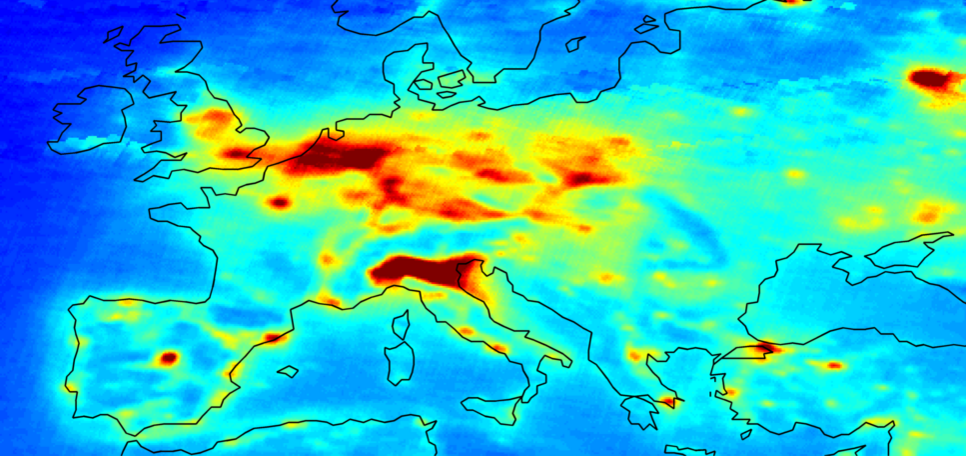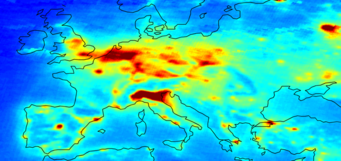Satellite Remote Sensing

Research Group Prof. Dr. Thomas Wagner
Our group deals with the analysis of satellite spectra of backscattered and reflected sunlight in the UV, visible and near IR spectral range. Such spectra are obtained with unprecedented spectral information from a fleet of novel satellite instruments starting with the Global Ozone Monitoring Experiment (GOME) on ERS-2 in 1995.
In our group a large variety of tropospheric and stratospheric trace gases (NO2, BrO, OClO, HCHO, CHOCHO, SO2, H2O, CO) are analysed, which are important for a better understanding of atmospheric chemistry and physics on a global scale. Also atmospheric water vapor and information about clouds and aerosols is retrieved from the satellite spectra.
Our group’s expertise comprises the development of the retrieval algorithms, and the numerical simulation of the atmospheric radiative transfer.Besides the analysis and interpretation of satellite data, we also operate several MAX-DOAS instruments at different locations on the globe, which are used for the quantification of air pollutants and for validation of the satellite observations. Data from satellites and ground stations is used for comparison with atmospheric models to test our current understanding of atmospheric chemistry and physics.
In October 2006, the satellite group started its research activities at the MPI for Chemistry in Mainz. The group is lead by Prof. Dr. T. Wagner.
